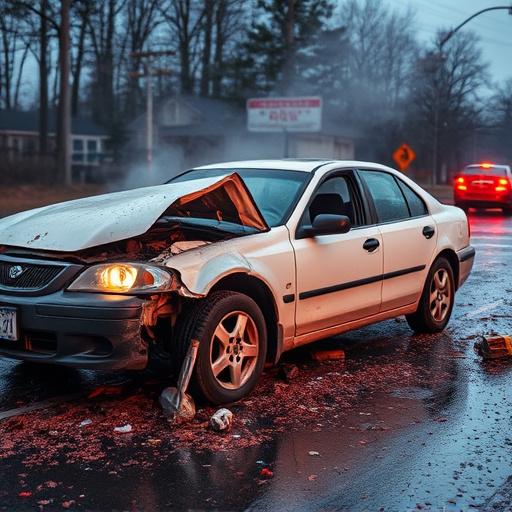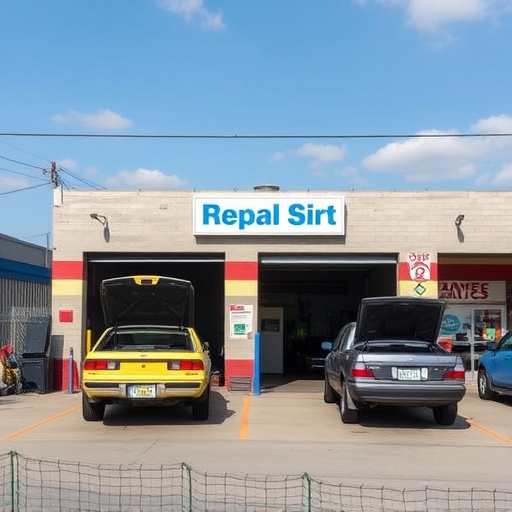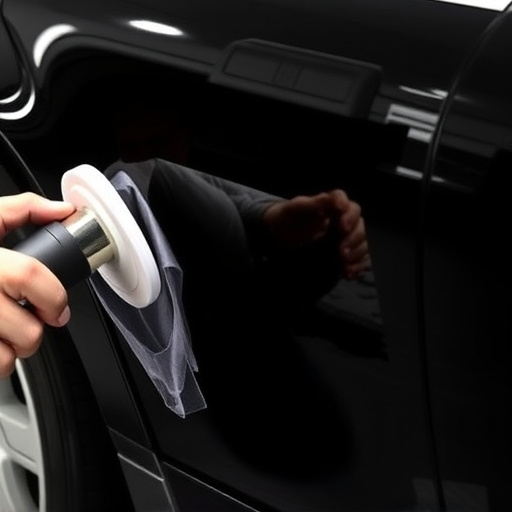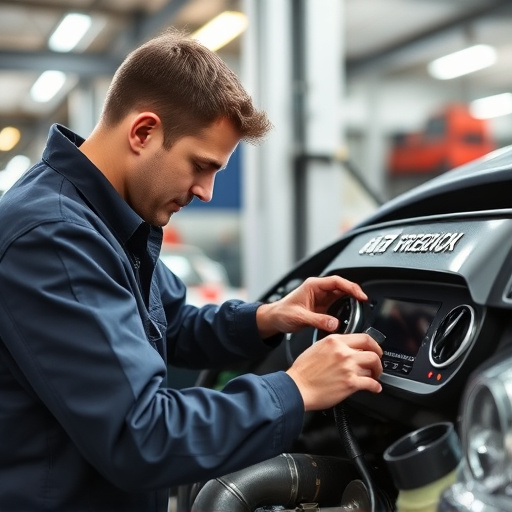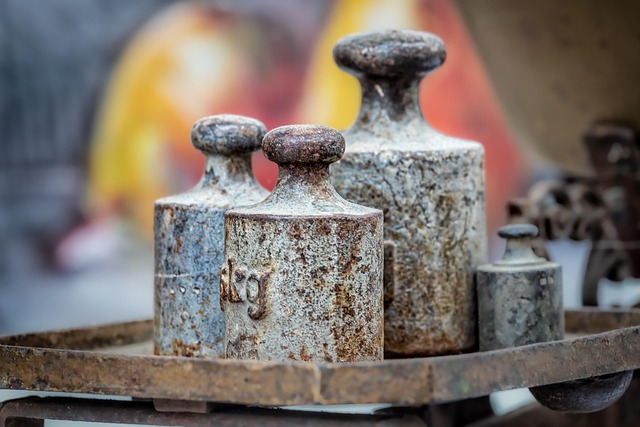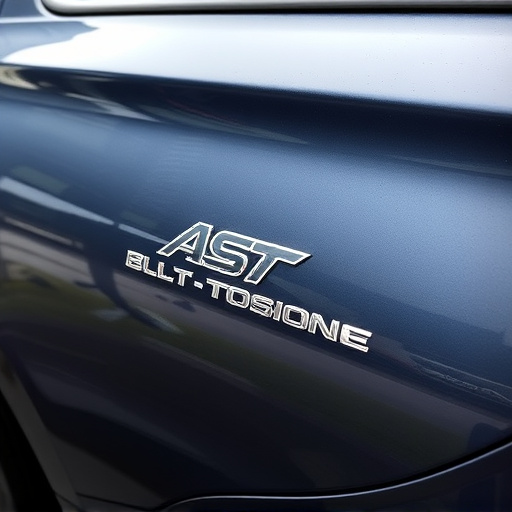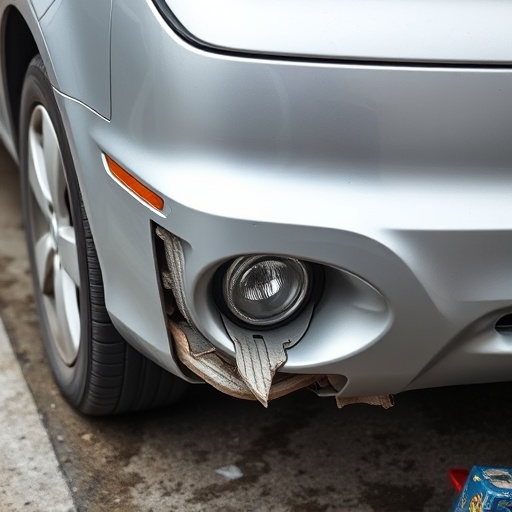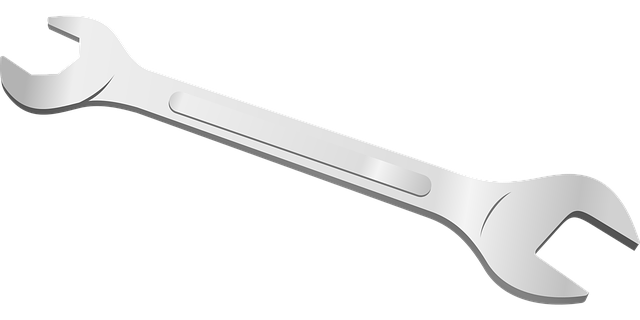Glass replacement certification is a crucial standard in the automotive industry, ensuring technicians possess the necessary skills and knowledge for safe, accurate repairs. Certification authorities verify compliance through rigorous assessments, inspections, and audits, maintaining safety across sectors like car body restoration and collision repair. Random audits by regulators or internal teams further validate certifications, guaranteeing only qualified individuals perform critical repairs, safeguarding vehicle integrity and driver safety.
“In the realm of technical expertise, ensuring the authenticity of skills is paramount, especially in specialized fields like glass replacement. This article delves into the critical process of verifying technician glass replacement certification status. We explore the industry standards set for certification and the role of trusted authorities in this verification. Furthermore, we uncover practical methods and tools used to check a technician’s certified status, ensuring clients receive competent services.”
- Understanding Glass Replacement Certification Standards
- Role of Certification Authorities in Verification
- Ensuring Accuracy: Methods and Tools for Status Check
Understanding Glass Replacement Certification Standards
Understanding Glass Replacement Certification Standards
Glass replacement certification ensures that technicians possess the necessary skills and knowledge to handle auto glass repairs safely and effectively. These standards are critical in the automotive body shop industry, where precision and accuracy can significantly impact vehicle safety and performance. The process typically involves rigorous training, practical examinations, and ongoing education to stay current with advancements in glass technology and installation techniques.
Automotive body shops that employ certified technicians can rest assured that their cars are being serviced by professionals who understand the intricacies of car bodywork, including how to replace or repair windshields, side windows, and backlites without compromising structural integrity. This not only enhances customer satisfaction but also contributes to road safety as defective glass replacements can lead to serious accidents.
Role of Certification Authorities in Verification
Certification Authorities play a pivotal role in verifying the status of glass replacement certifications. These trusted entities ensure that technicians and companies offering glass replacement services meet the required standards set by industry regulators. By conducting thorough assessments, inspections, and audits, they guarantee that the glass replacement process adheres to safety protocols and best practices across various sectors, including car body restoration, auto body repair, and vehicle collision repair.
Their involvement is crucial in maintaining integrity within the industry. They cross-reference certification records with real-world performance, ensuring that technicians possess valid credentials and remain up-to-date with training programs. This rigorous verification process safeguards consumers by confirming competent service providers, instilling trust among individuals seeking glass replacement services for their vehicles.
Ensuring Accuracy: Methods and Tools for Status Check
Ensuring Accuracy: Methods and Tools for Status Check
The verification process of a technician’s glass replacement certification is paramount to guarantee quality and safety in the automotive industry, particularly within collision repair sectors like Mercedes Benz collision repair. It involves rigorous standards and reliable methods to maintain precision. One effective approach is through digital databases maintained by reputable certification bodies, which serve as centralized repositories for up-to-date information on certified technicians. These platforms allow stakeholders, including car manufacturers and insurance companies, to cross-reference and validate a technician’s skills and credentials easily.
Additionally, random audits conducted by industry regulators or internal quality assurance teams play a crucial role in checking the validity of glass replacement certifications. During these audits, practitioners are required to present proof of training, certifications, and proficiency in specific tasks like dent removal. This ensures that only qualified individuals with current certifications are performing critical repairs, thereby safeguarding vehicle integrity and driver safety.
In conclusion, the verification of technician glass replacement certification is a vital process to ensure quality and safety standards in the industry. This involves a collaborative effort between certification authorities and relevant bodies to maintain accurate records. By utilizing specialized tools and adhering to established protocols, one can effortlessly confirm a technician’s certification status, fostering trust and reliability within the glass replacement domain. These measures are crucial for upholding high-quality workmanship and consumer protection in the ever-growing demand for expert glass repair and replacement services.

